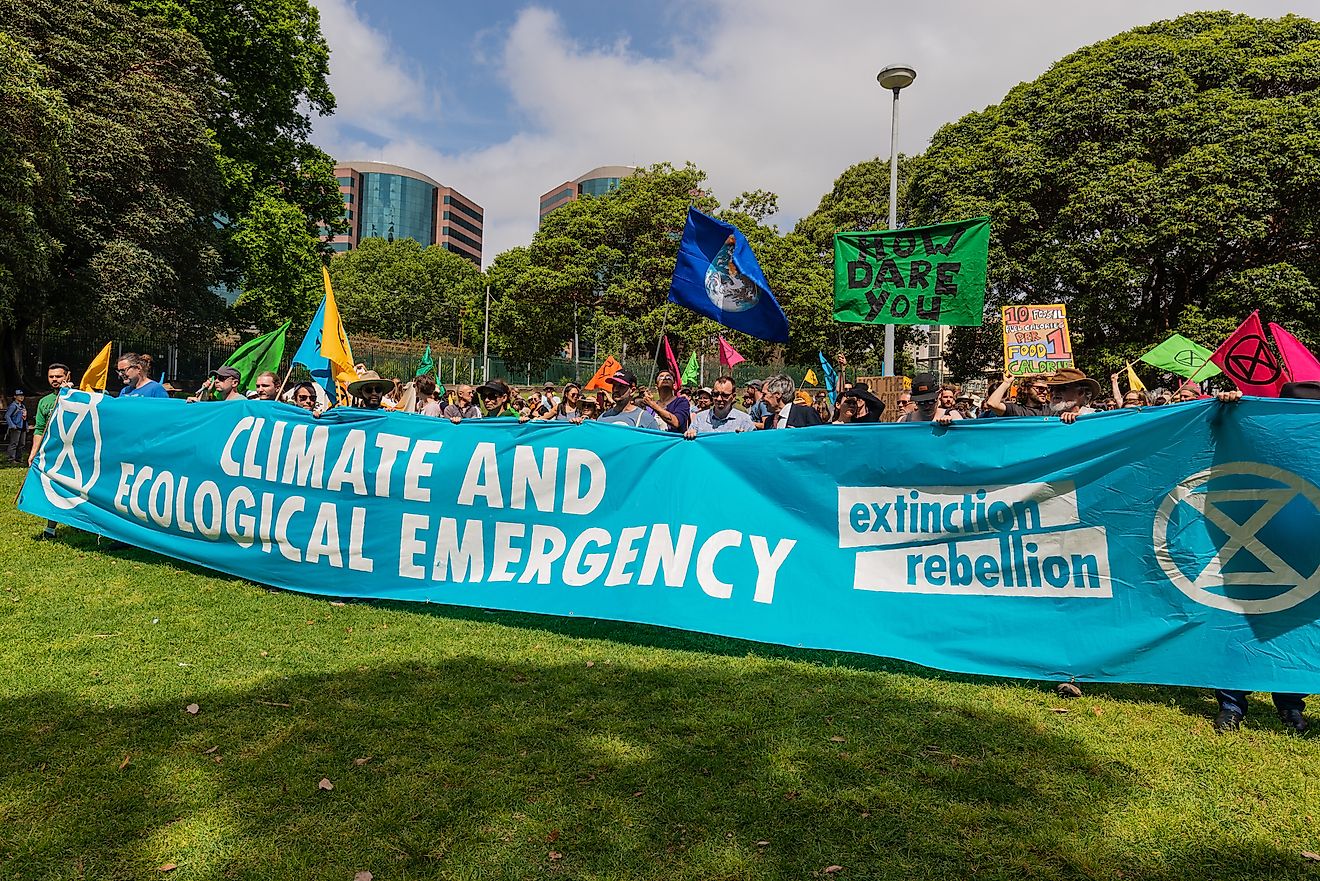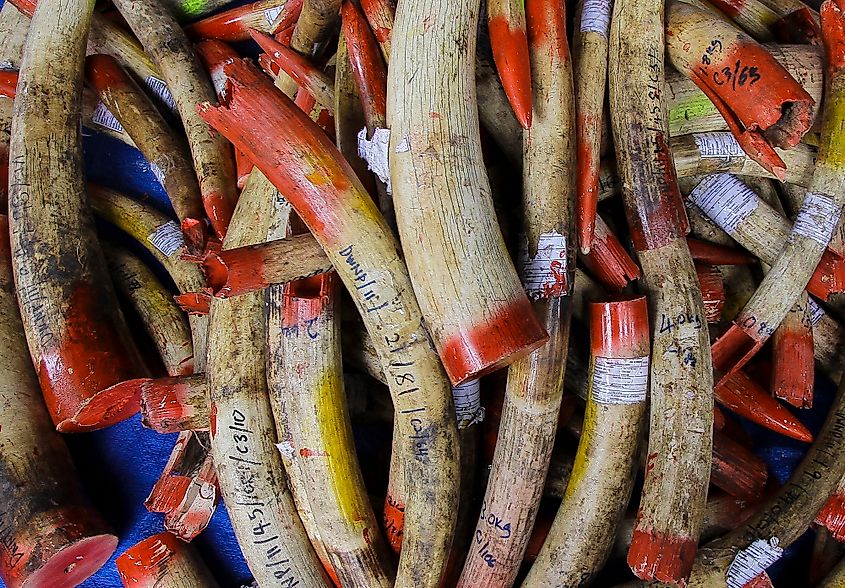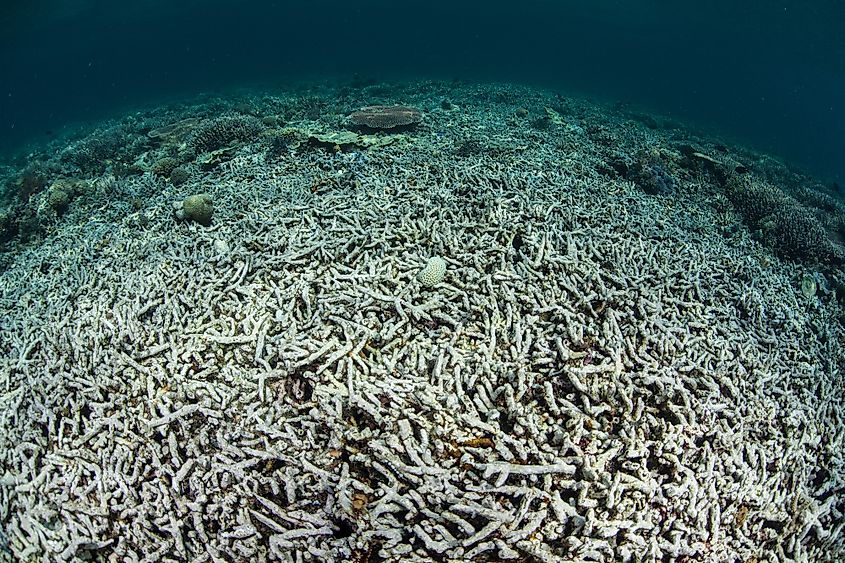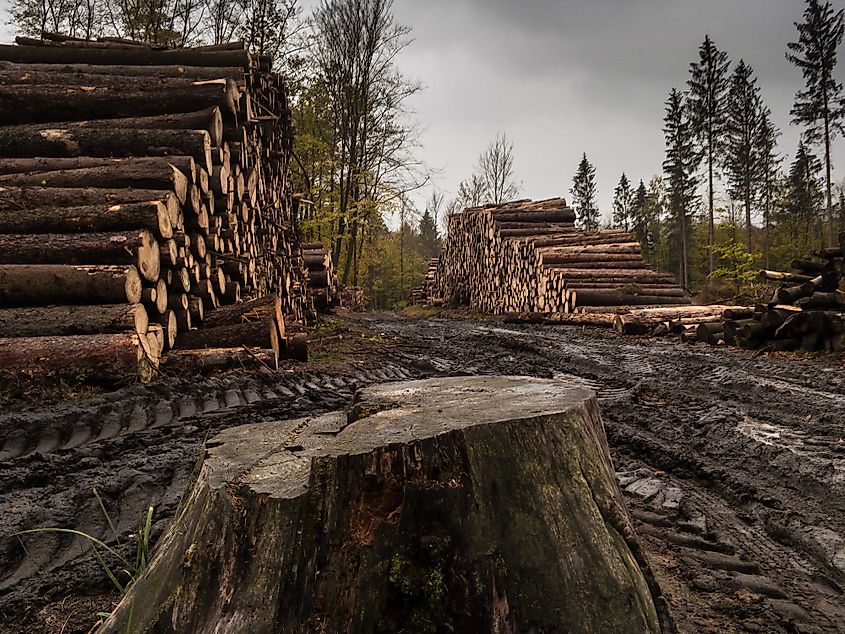10 Signs That Indicate That The Sixth Mass Extinction Might Be Happening Now

- The current era, the Holocene period, is on the process of the sixth mass extinction at a much faster rate, unlike the earlier mass extinctions.
- Unlike the first five extinction events that were driven by natural causes, the sixth one is being driven by irresponsible human activities.
- Invasive plants and animal species are partly responsible for at least a third of extinctions on Earth in the last 500 years.
Humans have been on this planet for only 200,000 years, and yet their impact on the planet is so great. Human activity has already set in motion the process of the sixth mass extinction. Unlike the other five mass extinctions, the sixth mass extinction is driven solely by human beings. For the first time in the long history of planet Earth, a living species is behind the decline of life. In the last 500 million years, it is estimated that life on Earth has experienced five major mass extinctions. Mass extinction describes an event where there is a rapid and widespread decline in the biodiversity on the planet. It takes place when the extinction rate increases with respect to the speciation rate. Ninety-nine percent of all organisms that ever existed on Earth are now extinct due to these extinction events.
The Five Mass Extinctions
The first major mass extinction event happened 444 million years ago, and it led to the end of the Ordovician era. About 86% of then existing species, mostly marine life, since plants had not yet appeared, were lost after a severe ice age gripped the planet. The second event took place 375 million years ago, ending the Late Devonian era. About 75% of all living species were annihilated. The culprit behind the event is believed to have been land plants that were emerging for the first time. It is speculated that the advent of plant life triggered a massive algal bloom that sucked out oxygen from oceans suffocating marine life. The third mass extinction event went down about 251 million years ago, bringing down the curtains on the Permian era. Regarded as the most severe mass extinction, over 96% of living species were erased after a cataclysmic volcanic eruption in the Siberian region that released enormous volumes of carbon dioxide into the air creating a greenhouse effect that acidified oceans and emitted hydrogen sulfide into the atmosphere. Life was set back 300 million years, and it is a miracle it recovered. The end of the Triassic era 200 million years ago was the 4th mass extinction event. About 80% of existing animal and plant species went extinct, and the cause of the event has never been established. The last and the most recent mass extinction event is the most significant as it ushered in the age of mammals and eventually, the era of humans.
About 66 million years ago, an asteroid struck the planet in the Yucatan region of Mexico, setting off a series of disastrous events that wiped out 76% of all living species that existed in that era, among them were the dinosaurs. The current period is called the Holocene, and there are sufficient reasons and proof to support a consensus that the 6th mass extinction is already unfolding. They include the following.
The Sixth Mass Extinction Is Under Way: Signals That Prove So
Insects are dying off faster than ever
If there is one indicator of a healthy ecosystem that supports life anywhere on the planet, then that would be the presence of insects. The responsible for more than just vital roles like pollination, which is the source of all food crops. Bees and butterflies, for instance, are declining in numbers, and these spells doom for life on the planet as they are the most active pollinators in the wild. Insects double up as food for birds, fish, reptiles, and mammals. Currently, 40% of insect species on earth are on the quick decline at the rate of 2.5% a year. If the trend maintains that pace, there will not be any insects left by the year 2119.
Animal and plant extinction

Editorial credit: Izzul Ahmad / Shutterstock.com
Planet earth experiences extinction at a much faster rate than before. Human activities have fast-tracked extinction speeds to blinding levels that are threatening the very fabric of life on the planet. Between 1900 and now, more than 500 species of animals and plants have gone extinct, and a million more are currently on the brink of being wiped out completely. The most worrying part of all is that even the species that are yet to be discovered and documented are also getting wiped out even before they are discovered.
Destruction of the Amazon
The Amazon rainforest is the most vital vegetation cover on earth that is often described as the lungs of the planet. It is home to over 10 million known species of plants and animals, and that is barely scratching the surface. Illegal logging of this vital forest is extremely dangerous because once the Amazon is gone, then life on the planet will cease to exist shortly after that. In the past 50 years alone, 17% of the Amazon has been cleared for farming and settlement.
Invasive species
When the Burmese python, native to the Asian continent, was accidentally introduced to Florida, the most unexpected thing happened. They multiplied and thrived in the semi-arid climate and eventually started feeding on the native species that could not match up to their size and strength. There are more than 30,000 Burmese pythons in Florida today, and they have driven other species like birds and alligators to the brink of total collapse. Invasive species are responsible for a third of extinctions that have taken place since 1500AD.
Climate change
Climate change is the biggest proof that another extinction event is cooking up. With the tropics getting hotter and the poles getting warmer, the delicate marine species are dying out faster than they can reproduce. The melting of the glaciers has had severe effects on life on earth. It will result in disruptions in the food chain, causing massive destructive changes from the largest animal on the planet to the microscopic level organisms. Greenland has lost 400 billion tons of ice in the last eight years leading to the rise of sea levels in the oceans. These changes are destroying habitats along the coastlines.
Increase in the frequency of natural disasters
One of the things that make planet earth unique is how everything is connected. Natural disasters like typhoons, tornadoes, floods, and famine, among others, have become more frequent and more severe. Human beings tipped that balance by speeding up climate change, which has now led to the occurrence of severe natural calamities, the likes of which have never been seen before.
Disappearance of coral reefs

Coral reefs are the rainforests of the marine world that single-handedly sustain more than 25% of all life forms in marine ecosystems, although they cover less than 1% of the oceanic floor. More than 4,000 species of fish live in coral reefs around the world. That, however, is shifting as climate change wreaks havoc on coral reefs. Coral reefs are delicately sensitive even to the slightest rise in temperatures, and they are dying out in the oceans. With coral reefs are hundreds of marine species disappearing, never to be recovered again.
Shrinking habitats

Fifty years from now, close to 1,700 species of amphibians, reptiles, birds, and mammals will lose 30% to 50% of their natural habitat to humans whose population is projected to increase by another 2 billion by 2070. Habitat loss always weighs heavily on animal species, and many of them are already under pressure of extinction.
Tectonic Displacements and volcanic eruptions
Our planet Earth has never ceased moving or reshaping itself, and just like it was the case with the other mass extinctions, tectonic forces are playing a role in the destruction of life across the planet. Earthquakes have increased as fault lines, and fractures in the earth’s crust continue to widen. Huge volcanic eruptions release massive carbon and dust into the atmosphere that accelerates the greenhouse effect.
Humans are unrelenting
Despite being equipped with the intellectual ability to turn things around, humans are at the forefront of hastening mass extinction on our planet. Unavoidable natural disasters caused the previous five mass extinctions. The sixth one, however, is being solely driven by human activities. Deforestation and pollution have become the hallmarks of the human era, and in the process, they are taking all life down with them way ahead of schedule.
Can The Sixth Mass Extinction Be Stopped?
The fact that the current mass extinction is, by large, driven by humans gives hope that it can be reversed in time before it is too late. Among the changes that need to be implemented include the growing of enough food to feed the 7 billion people and an extra 3 billion by 2070 without having to clear forests to create farms. Ultimately ending the hunting and killing of wild animals and plants for meaningless, short-lived profits to give them the chance to restore their lost numbers. Cutting down on the use of carbon-based fuels and switching to green energy options like solar to reduce our carbon footprint. Governments around the world can do the most by collectively passing protective laws on all animal and plant species, laws that carry heavy and costly penalties for people and corporations that defy the protocols. Setting up breeding programs to bring up numbers of the most critically endangered animals and plants is another robust move that gives control back to nature.











